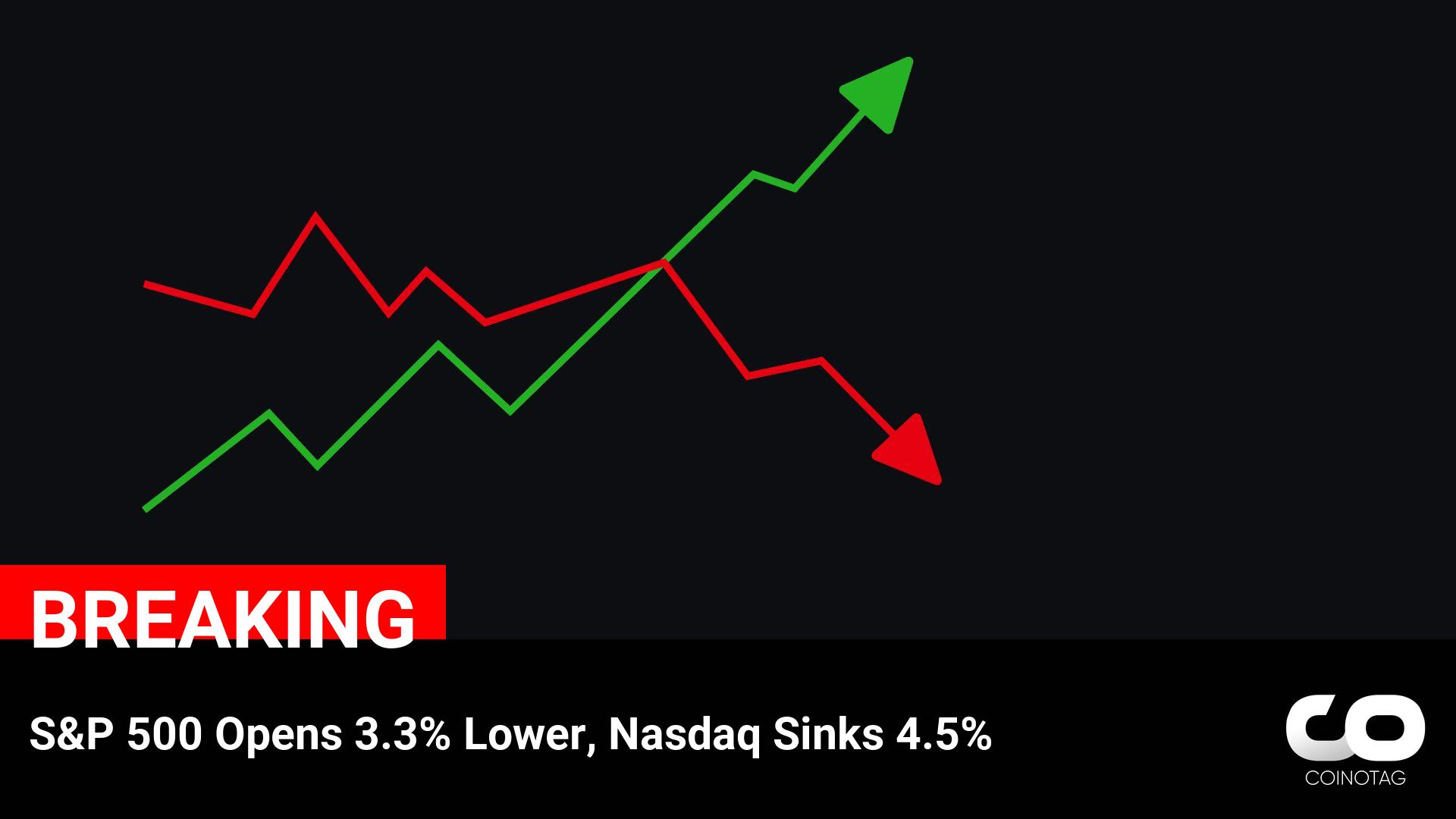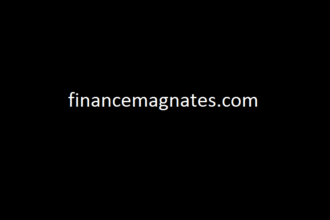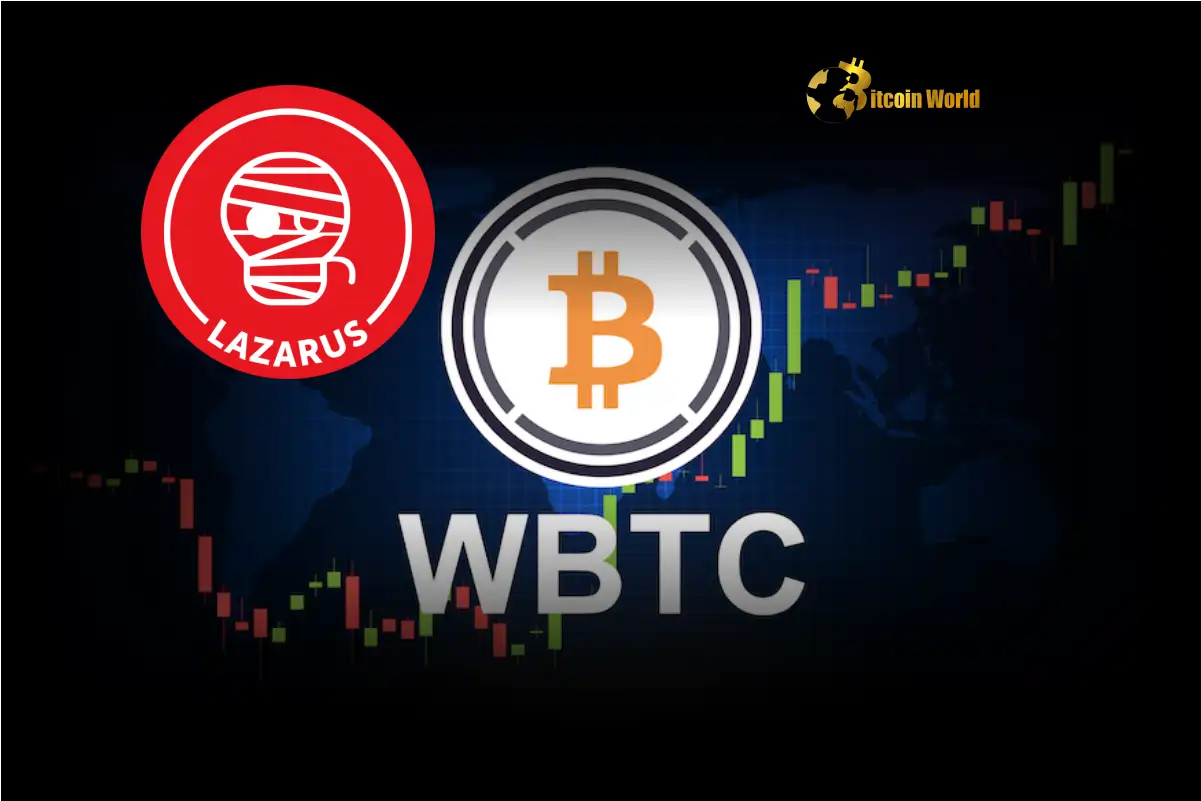RSM U.S. Chief Economist Joseph Brusuelas recently revealed that forex traders are turning bearish on the U.S. dollar in preparation for President Donald Trump’s new tariff announcement on April 2. Brusuelas further noted that global investors are becoming more cautious about the risks associated with Trump’s tariff policies, leading to more negative sentiment among domestic and global traders.
The economist highlighted the positive sentiment around the greenback since October last year reached its peak before Trump’s inauguration. Market analysts predicted at the time that other currencies, including the euro, pound, and Japanese yen, would weaken this year amid global economic uncertainties ahead of Trump’s entry into office. The U.S. dollar index hit its highest levels in two years around mid-January, further fueled by the positive December jobs report.
The U.S. dollar index (DXY) has dropped by 0.15% today to 104.10, compared to a 0.1% drop yesterday. A Nasdaq report revealed that the dollar dropped more due to the ISM and job openings reports, which were lower than expected. The report further indicated a growing fear of a weakening in the U.S. economy as investors expect Trump’s tariff policies to lower economic growth in the country.
The currency also experienced the sharpest monthly drop in 2 years last month, declining by over 3.4%. The U.S. dollar further weakened against the euro by 4.5% and against the Japanese yen by 4.7%. More Wall Street companies have seen the decline as a sign of recession, with Goldman Sachs’ expectations for a recession rising to 35% from 20%.
Trump to announce broader tariffs on ‘Liberation Day’
1. April 2nd is the day Trump has been teasing for weeks.
He’s calling it Liberation Day — where 20%+ tariffs are expected to hit imports from over 25 countries.
Markets are bracing. We could be in for one of the most volatile weeks in years. pic.twitter.com/nQ8gmSLEJZ
— Real World Asset Watchlist (@RWAwatchlist_) March 30, 2025
President Trump hinted at reciprocal tariffs to be announced on Wednesday, hyping April 2 as the ” Liberation Day.” The expected announcement has been speculated to be the biggest batch of tariffs the president is yet to announce. The speculations came after U.S. Treasury Secretary Scott Bessent hinted at retaliation against 15% of countries that account for bulk goods imports into the U.S. Bessent mentioned in the Fox Business interview that the ‘Dirty 15’ countries imposed hefty tariffs on U.S. goods. The Treasury Secretary still did not reveal any names.
The Trump National Economic Council Director, Kevin Hassett, also noted that the president would target 10 to 15 countries that allegedly accounted for trillions of dollars in deficit to the U.S. economy. U.S Commerce Department data indicated that China, Mexico, Canada, the EU, Malaysia, Vietnam, South Korea, Japan, Taiwan, Switzerland, Italy, Sweden, France, Indonesia, India, Thailand, and Austria as the countries with the largest goods trading deficits with the U.S. in 2024.
A U.S. Trade Representative Office notice also highlighted a focus on 21 countries that had the largest trading goods deficit with the U.S., adding South Africa, Saudi Arabia, Russia, the UK, Turkey, Argentina, and Brazil to the list. On Sunday, Trump insisted that tariffs should first target all countries instead of working with a cutoff. The president also suggested that the trade deficits indicated that other countries were taking advantage of the U.S.
Trump has already initiated 25% tariffs on goods from Mexico and Canada, 20% on goods from China, and 25% on steel and aluminum imports.
Trump’s tariff policies to boost the euro
Brusuelas forecasted the euro to surge as investors shifted their focus to other economies and the confidence in the U.S. dollar continued to erode. The economist pointed out that investors currently held long positions on the euro despite holding long positions on the U.S. dollar from late October to the beginning of March this year. Brusuelas further indicated that the positioning change came after the UK and EU’s shift to investing more in defense and infrastructure.

Mizuho Bank’s EMEA arm executive director Jordan Rochester also forecasted the euro to end on a high this year. Rochester suggested that the euro might initially drop to $1.06 or $1.07 before climbing to $1.12 or higher by the end of 2025. The Mizuho Bank executive further suggested that the EU and other regions would impose retaliatory tariffs against the U.S. once President Trump announced the tariffs’ full details.
Bank of America’s global head and MD of G10 FX strategy, Athanasios Vamvakidis, agreed with Brusuelas and Rochester, mentioning that Trump’s tariff policies would eventually boost the euro. Vamvakidis further explained that the EU was focusing on more “growth-friendly policies” than the U.S. policies. The BofA global head also highlighted that the U.S. dollar would drop further despite a possible surge immediately after Trump’s tariff imposition.
Cryptopolitan Academy: Want to grow your money in 2025? Learn how to do it with DeFi in our upcoming webclass. Save Your Spot
News – Cryptopolitan – Read More









